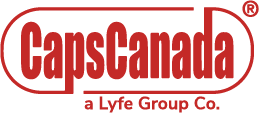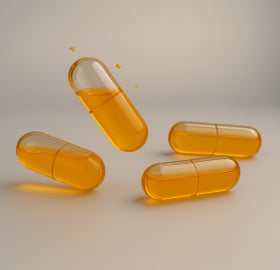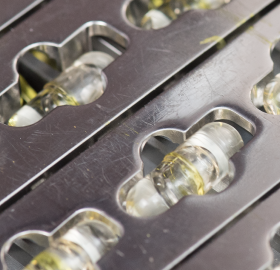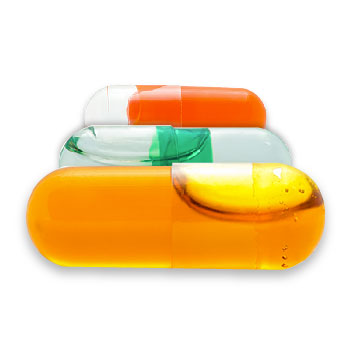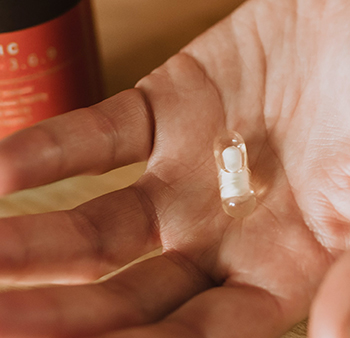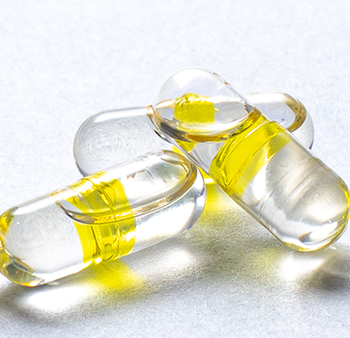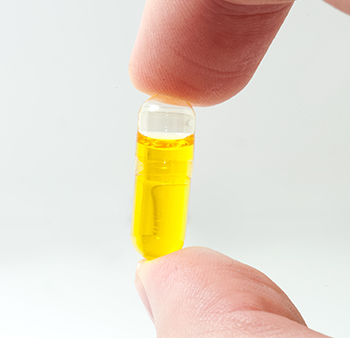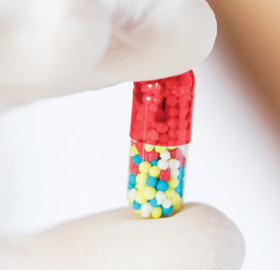A growing percentage of drug candidates today are highly potent and require special handling during manufacturing and packaging. For oral solid dosage (OSD) drugs, formulating highly potent APIs as liquids in hard-shell capsules provides significant advantages over other OSD forms.
Growing need for HPAPI solutions
The global market for highly potent active pharmaceutical ingredients (HPAPIs) is expanding at, or near, double-digit rates according to various market research firms. In 2017, Grand View Research estimated the global HPAPI market will grow from $14.4 billion in 2016 at a CAGR of 10.3% through 2025. More recently, MarketsandMarkets projected a rise in value from $16.49 billion in 2017 to $26.84 billion in 2023, which is equivalent to a slightly lower CAGR of 8.7%.
This demand has been driven by factors such as the rising incidence of cancer worldwide, an aging global population and increases in associated age-related diseases. Perhaps equally important is the advances in our knowledge about disease modalities. Greater understanding of disease mechanism is leading to the development of next-generation medicines, including highly potent drugs with the ability to achieve targeted delivery – which results in greater efficacy and safety, as well as a reduction in side effects.
Greater containment requirements
While highly potent drugs based on HPAPIs provide many benefits to patients, they present numerous challenges to manufacturers. HPAPIs possess very low occupational exposure limits. Special facilities, equipment and operational procedures are required to ensure that plant personnel are not exposed to these dangerous compounds via inhalation or skin contact.
In particular, much higher levels of containment are required to protect operators and the environment. Isolators or restricted access barrier systems (RABS) as well as advanced HVAC and air filtration systems are often required. Solids (powders) are the most challenging to work with, given the potential for dust and particles to be released into the surrounding environment during mixing and transfer operations.
Liquid benefits
Formulating HPAPIs as liquids rather than powders provides many benefits with respect to the simplification of drug manufacturing processes. Once a powder has been wetted, whether it is dissolved or exists as an emulsion, the potential for operator/environmental exposure and cross contamination of other products in the manufacturing facility is significantly reduced. In addition to increasing the safety of the manufacturing process, this approach simplifies and reduces the cost because the highest-level of containment is only required for the first step of the process when the powder is mixed with the liquid. As a result, liquid-based HPAPI formulations require less stringent controls during the preparation of final dosage forms than tablet pressing and powder-filling of capsules.
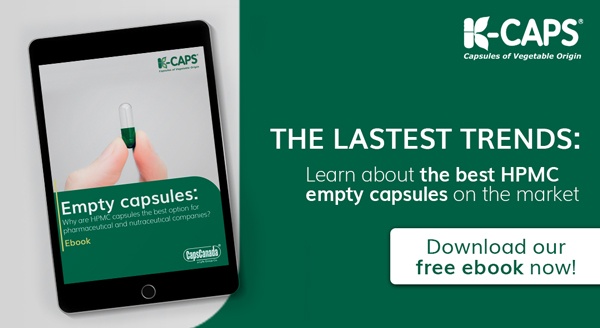
Liquid formulations offer other benefits as well, including uniform distribution of the HPAPI, even for very low-dose products. Formulations in solvents or co-solvents, solubility-enhancing excipients such as polyethylene glycol, tocopheral polyethlene glycol succinate can be used to improve drug solubility, which can lead to improved drug bioavailability. Self-emulsifying drug delivery systems (SEDDS) and self-micro emulsifying drug delivery systems (SMEDDS) are other liquid lipid-based options that are often used to overcome issues with limited aqueous solubility and bioavailability issues. Production of formulations based on nanoparticles of HPAPIs is also much safer if milling and micronization of the solid drug substance are performed in an oily solvent. In some cases, these approaches can enable the development and commercialization of drug products that could not be formulated as solids.
A little about two-piece liquid fill capsules
Two-piece liquid-filled hard-shell capsules (LFHCs) are produced via a relatively simple process involving three basic unit operations. First, one piece of the capsule (the body) is filled with the liquid drug formulation using precision pumps set to a specific fill volume. The other piece of the capsule (the cap) is then placed onto the body. In the last step, the two pieces are sealed or banded together. Custom banding solutions (rather than forced sealing methods) composed of the same polymers used to produce the capsules, ensure a complete unibody fusion. This method results in a liquid filled hard capsule that will not leak the active fill material. The capsules are then packaged as a final step.
Mixing, filling and banding affords in-depth process understanding, thus facilitating technology transfer and providing for ready scalability. Equipment is currently available that allows liquid-filling of hard-shell capsules from the bench to commercial scales. Bench scale systems are designed to produce 60 to 4000 capsules per hour. In fact, it is easy and cost-effective to perform numerous in-house feasibility batches with minimal investment when using pilot scale liquid capsule filling machines.
Keep learning about capsule technology trends...
- Gelatin capsules vs. HPMC capsules: What are the differences?
- Why Liquid-Filled Hard Capsules May Be a Better Option than Softgels
- Flavored capsules: the next customization level
The hard shell advantage
For highly potent drug formulations, liquid-filled hard-shell capsules have additional advantages over soft-gels. The formulation and production of liquid-filled soft-gel capsules require specialized expertise and expensive equipment (melters, encapsulators, dryers, laser-printers, etc.) with a large downstream processing footprint. As a result, most drug manufacturers outsource soft-gel manufacturing to third-party service providers. Finding the right provider takes time and money, and project timelines are dictated by their capacity availability.
Formulation of APIs – including HPAPIs – for inclusion as liquids in hard-shell capsules is, as described above, less complex. A fewer number of excipients are typically required, and there are minimal steps (and equipment) involved. Furthermore, once the mixing/compounding process is complete and the HPAPI powder in solution, the risks posed by the filling and banding processes are significantly reduced and require a much lower level of containment.
As a result, there is no need to rely on a third-party provider. Development projects can be completed in-house in a flexible isolator using bench-scale equipment and off-the-shelf capsules of different sizes and compositions. This approach requires limited investment and accelerates the development of potential candidates. The decision whether to outsource the manufacture of clinical and commercial product or invest in larger-scale equipment and containment solutions (e.g. solid-wall isolators) for in-house production can be made once it is determined that the candid will be moving onto later development stages.

